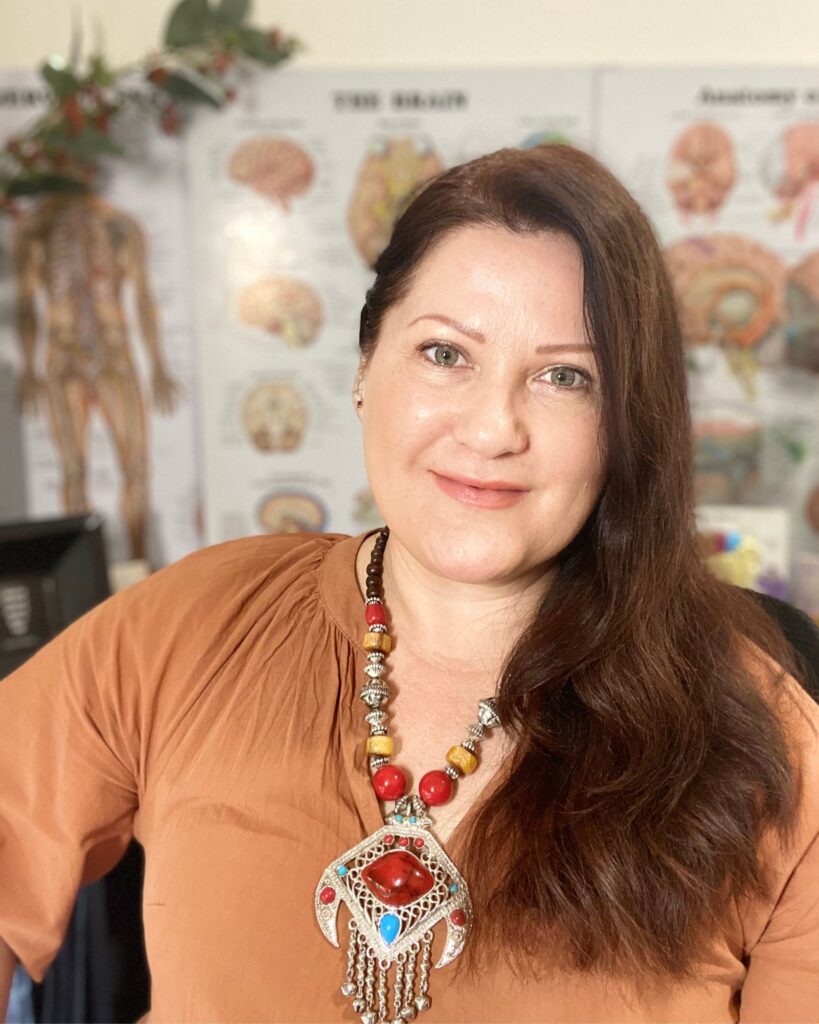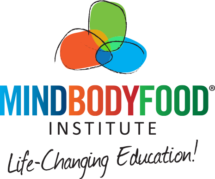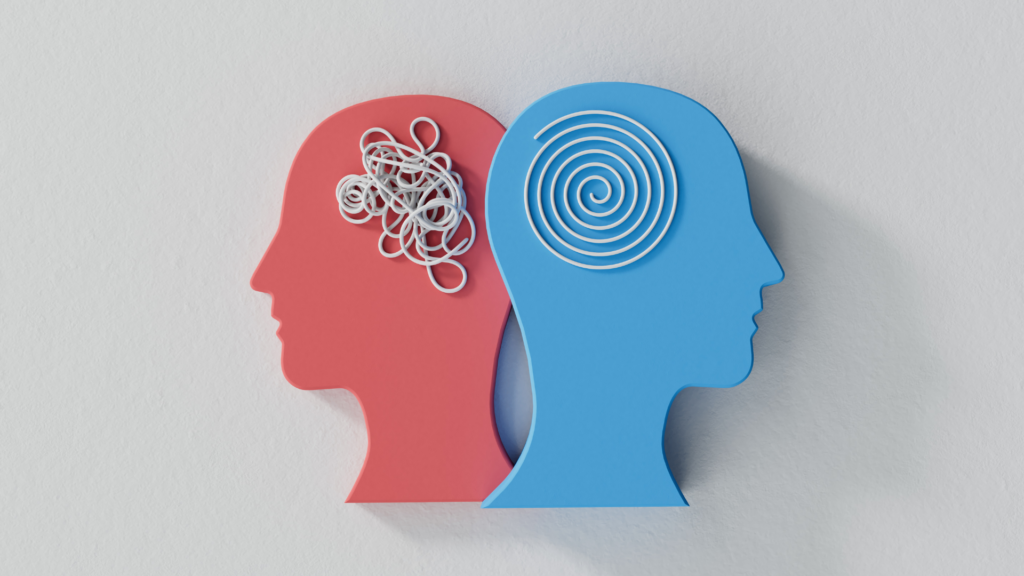As we navigate through life, the landscape of our mind is continually shaped and reshaped by our experiences and interpretations. Just beneath the surface of our conscious thoughts lie our subconscious beliefs, which are often the invisible architects of our behaviours and emotions.
These beliefs are deeply embedded patterns of thinking that have been forged over time through repeated encounters and internalised messages from our surroundings, starting from the earliest days of our childhood. They reside in the vast depths of our subconscious mind, a place that is both a storehouse of memories and an engine driving our habitual responses.
The power of the subconscious mind is akin to the fertile soil in which the seeds of our conscious thoughts are planted. It doesn’t differentiate between what’s beneficial and what’s detrimental; it simply nurtures the seeds that are sown. Thus, the beliefs we hold in our subconscious can significantly shape the trajectory of our lives, often without our conscious awareness. These beliefs can either be empowering, propelling us towards growth and fulfillment, or limiting, holding us back from realising our full potential.
Understanding how to access and reprogram these subconscious beliefs is like learning to tend a garden, carefully cultivating the thoughts that serve us well and uprooting those that don’t.
Reprogramming subconscious beliefs is a process that involves several steps, reflecting a blend of mindfulness, cognitive-behavioural techniques, and various other therapeutic approaches and practices.

Below is a list of tried and true evidence-based approaches to support reprogramming subconscious beliefs, many which we teach in our holistic coaching and mind-body connection courses:
Identify Limiting Beliefs: Begin by becoming aware of your recurrent negative thoughts or beliefs. Journaling can be a useful tool to track these thoughts and the circumstances in which they arise.
Question and Challenge Them: Evaluate these beliefs critically. Are they objectively true? Challenge them by looking for evidence that contradicts these beliefs.
Mindfulness and Observation: Practice mindfulness to observe when these outdated thoughts arise – without judgment. This can help you recognise that you are not your thoughts and you have the power to change them.
Emotional Freedom Technique (EFT): EFT, or tapping, is a method that combines cognitive therapy with acupressure to alter your brains reactivity and shift subconscious beliefs.
Hypnotherapy: Hypnotherapy helps you access the subconscious directly and can be effective in reprogramming deep-seated beliefs.
Neuro-Linguistic Programming (NLP): NLP uses language, memory and visual imagination to affect the subconscious mind’s programming.
Cognitive Behavioural Therapy (CBT): CBT is a therapeutic approach that helps individuals change patterns of thinking or behaviour that are behind people’s difficulties.
Consistency and Repetition: The subconscious learns through repetition. Consistently practicing new thinking patterns is crucial for them to become automatic.
Behavioural Experiments: Actively engage in behaviours that align with your new beliefs. This practical approach can reinforce the belief that change is possible. In addition, before taking action on decisions, make sure it will align with your values, i.e., “Does what I’m about to do align with what’s most important to me?”.
Meditation and Relaxation Techniques: Techniques that calm the mind can lower resistance to change and make it easier to accept new beliefs.
Positive Self-Talk Statements: Replace negative beliefs with positive self-talk – not untrue statements! The aim is to help acknowledge the present but reframe it to be reflective of your previous experience and mindset choice, such as “I can’t yet but I am willing to learn”, or “I’ve got plenty of experience to help me figure this out. I can learn to do this”. Ensure that your statements are positive, in the present tense, and reflect the reality you want to create. Regularly catch your unhelpful self-talk and replace them with your new positive statements.
Visualisation: Use visualisation to imagine yourself acting and thinking in ways that reflect your new beliefs. The brain often doesn’t distinguish between real and vividly imagined experiences, which can help solidify new patterns through ‘mental rehearsal’. However, this won’t work if you don’t follow through with action!
Educate Yourself: Learning about the plasticity of the brain and how beliefs can change and empower you to undertake this process with confidence.
Seek Professional Help: Appropriately qualified coaches, practitioners and therapists can offer guidance and support in identifying and changing subconscious beliefs.
Changing long-held beliefs doesn’t happen overnight, therefore it’s essential to approach the process with patience and understanding. Each conscious step forward helps create and strengthen a new and empowering belief system. With consistent disruption of the old pattern, your new beliefs will soon take hold as new connections form.
To learn more about how to reprogram subconscious beliefs and learn how to overcome unhelpful patterns of habitual thinking and behaving, check out our professional certification and personal development courses.
Photo by @ink-drop on Canva.

Author:
Viki Thondley
Viki Thondley-Moore is an Integrative Holistic Counsellor, Brain-Based Coach, Clinical Hypnotherapist, Mind-Body Somatic Practitioner, Wellness Coach, Meditation Teacher, Educator and Disordered Eating Specialist. Viki is founder of MindBodyFood and Founder/Director of the MindBodyFood Institute.







